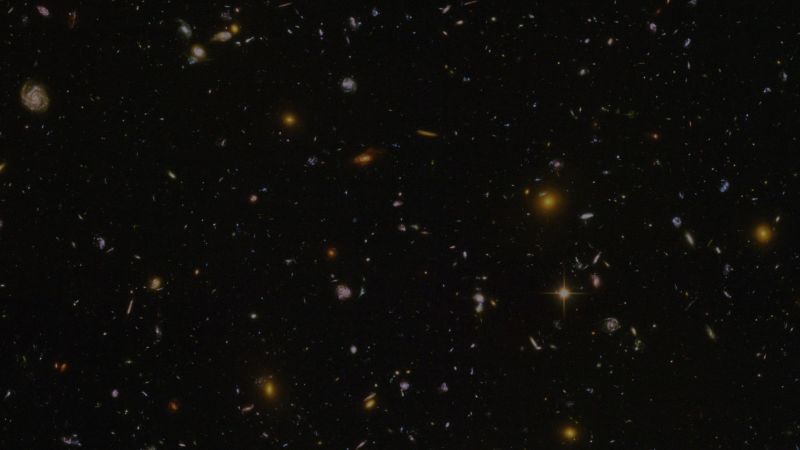Of all 14,669 varieties of plants and animals found in Europe that were registered on the International Union for Conservation of Nature’s Red List of Threatened Species by the end of 2020, one-fifth of them face the risk of extinction, a new analysis has found.
Researchers also determined the largest threat associated with Europe’s declining biodiversity was changes in agricultural land use, which result in habitat loss and overexploitation of biological resources, according to a news release for the study published Wednesday in the journal Plos One.
“We thought it would be good to combine all these data to see … what are the major threats? Where are the regions where the most threatened species occur?” said lead study author Axel Hochkirch, head of the department of ecology at the National Museum of Natural History in Luxembourg. “Because only if we know the threats, we can do something about it.”
Analyzing the Red List
The IUCN Red List is considered the most comprehensive global source for threatened species and extinction information, and Europe has the most data included out of all regions represented in the index, Hochkirch said. The thousands of species found in Europe that appear on the Red List account for nearly 10% of the continent’s total biodiversity, according to the paper.
The index categorizes species by those that are of least concern, near threatened, vulnerable, endangered, critically endangered and extinct. In their analysis, researchers found 19% of all Red List species found in Europe — including 27% of plants, 24% of invertebrates and 18% vertebrates — to be “at risk of extinction.”
The at-risk species could be found among the Red List’s vulnerable, endangered or critically endangered categories.
“One of the most interesting findings of the study is that plants and invertebrates are more endangered than vertebrates,” said Gerardo Ceballos, a professor at the Institute of Ecology at National Autonomous University of Mexico and one of the world’s leading ecologists, in an email. Ceballos was not involved in the study.
A 2019 global assessment by the Intergovernmental Science-Policy Platform on Biodiversity and Ecosystem Services, or IPBES, estimated that — based on “sparse data” available for insects — 10% of all insects across the world were threatened with extinction, according to the new study. But Hochkirch and his team found more than double that number of invertebrates at risk in Europe.
It is estimated that 95% of animals in the world are invertebrates, and 73% are insects, according to the IUCN.
IPBES originally estimated that 1 million plant and animal species across the world were at risk of extinction, including about half a million insect varieties, based on inferences from Red List data. The data on invertebrates provided by the new analysis suggests the number of species threatened with extinction globally is actually closer to 2 million, Hochkirch said.
“This is an interesting paper showing once again, that the extinction crisis is more severe than previously thought,” Ceballos said.
Major threats to European biodiversity
Besides agricultural land use, the analysis found several other major threats to Europe’s biodiversity, including pollution, climate change and severe weather, invasive species, and residential and commercial development.
The analysis reinforces the greater impact that agriculture has on global biodiversity, said Dr. David Williams, a lecturer on sustainability and the environment at the University of Leeds in the UK. He was not involved in the study.
“Agriculture primarily threatens biodiversity through expansion into natural habitats and intensification (increase in productivity). … The problem is that we cannot simultaneously reduce expansion and reduce intensification, because doing either of them (let alone both) will reduce the amount of food produced,” Williams said in an email.
“So what should Europe do? How do we safeguard the region’s biodiversity without simply offshoring the biodiversity cost of our food production? … It is a very clear next question,” he said. Williams was the lead author of a 2020 study that found nearly 90% of land animals could be affected by loss of habitat by 2050 due to growing agriculture.
Hochkirch said he hopes the analysis will spur further conservation action for insects and other threatened species in Europe.

